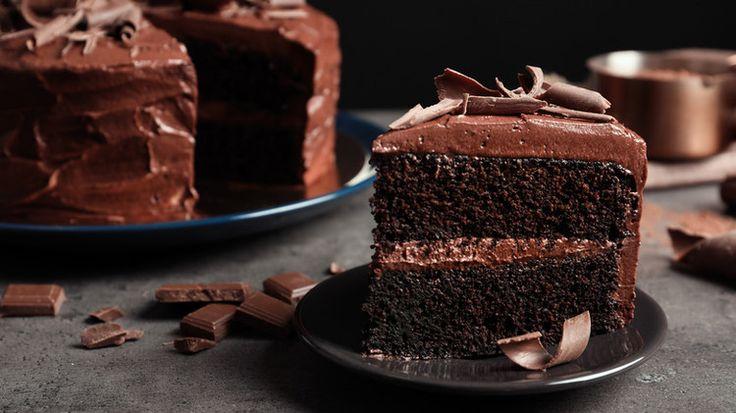Connecting over cake -
Cake has traditionally been a food of celebration, friendship, sharing, joy and grieving. Cake is served at birthdays, weddings, funerals, with friends or simply as a conduit to bring the “team” together in the workplace.
Cake signifies place and connection. A semolina cake with almonds, fruit syrups and yoghurt can be found in Egypt, Greece and Turkey, with regional variations. Here in Australia, we recognise lamingtons as our own and, rightly or wrongly, claim the pavlova as true blue.
In his 1982 book, Middle Eastern Cookery, Arto Der Haroutunian offers us recipes for doughnuts and sesame biscuits with Muslim, Jewish and Christian traditions. Der Haroutunian famously said, “I would like to think that St Paul, Muhammad and the infamous Genghis Khan all ate these sesame-coated biscuits with their milk or tea”. Today’s versions are still popular in Turkey, Greece, Egypt, Syria, Lebanon and Iran.
Cake has traditionally been a food of celebration, friendship, sharing, joy and grieving. Cake is served at birthdays, weddings, funerals, with friends or simply as a conduit to bring the “team” together in the workplace.
Cake signifies place and connection. A semolina cake with almonds, fruit syrups and yoghurt can be found in Egypt, Greece and Turkey, with regional variations. Here in Australia, we recognise lamingtons as our own and, rightly or wrongly, claim the pavlova as true blue.
In his 1982 book, Middle Eastern Cookery, Arto Der Haroutunian offers us recipes for doughnuts and sesame biscuits with Muslim, Jewish and Christian traditions. Der Haroutunian famously said, “I would like to think that St Paul, Muhammad and the infamous Genghis Khan all ate these sesame-coated biscuits with their milk or tea”. Today’s versions are still popular in Turkey, Greece, Egypt, Syria, Lebanon and Iran.
Connecting over cake -
Cake has traditionally been a food of celebration, friendship, sharing, joy and grieving. Cake is served at birthdays, weddings, funerals, with friends or simply as a conduit to bring the “team” together in the workplace.
Cake signifies place and connection. A semolina cake with almonds, fruit syrups and yoghurt can be found in Egypt, Greece and Turkey, with regional variations. Here in Australia, we recognise lamingtons as our own and, rightly or wrongly, claim the pavlova as true blue.
In his 1982 book, Middle Eastern Cookery, Arto Der Haroutunian offers us recipes for doughnuts and sesame biscuits with Muslim, Jewish and Christian traditions. Der Haroutunian famously said, “I would like to think that St Paul, Muhammad and the infamous Genghis Khan all ate these sesame-coated biscuits with their milk or tea”. Today’s versions are still popular in Turkey, Greece, Egypt, Syria, Lebanon and Iran.
0 Комментарии
·0 Поделились
·836 Просмотры
·0 предпросмотр





